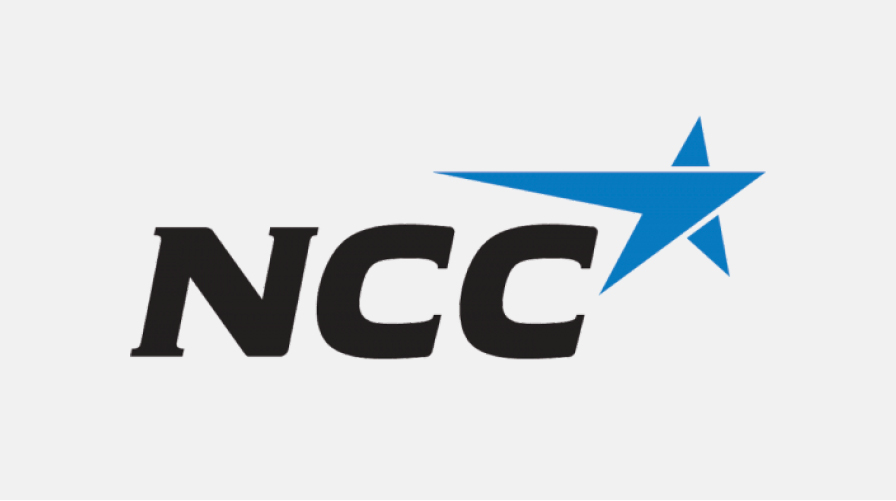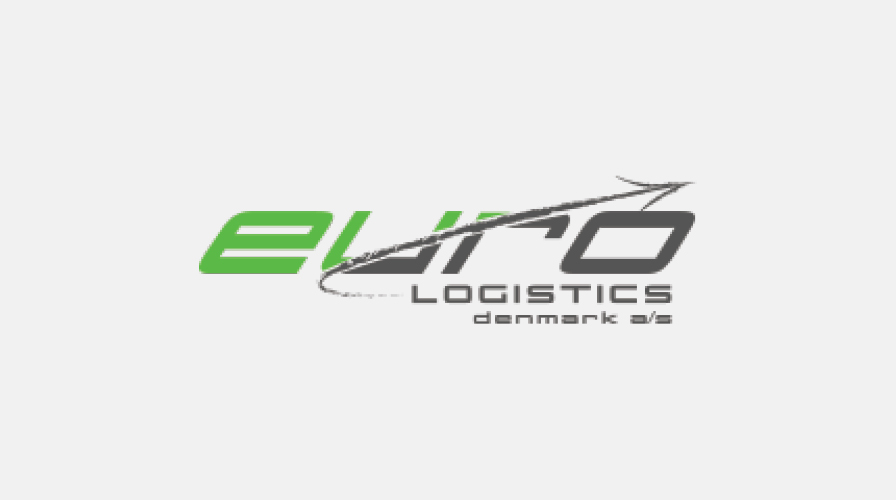When everything becomes a "pallet"
LOGISTICS FOR PEOPLE
What happens when things like street addresses and postal codes are no longer “needed” because anything can be made a traceable location? That means everything from Svenson’s garage and Ali’s summer cottage to barns the size of an aircraft hangar and moving objects such as your mother’s car—and everything in between.

And what happens if everyone could be a carrier? Even you on your walk from Piccadilly Circus to Trafalgar Square.
If everything can be a location and everyone and everything can be a carrier, what will happen to logistics?
We have been working in the field of logistics and transport management for over 20 years. This means that we have matched people who need a package with those who want to send packages and those who want to deliver packages. We have done, and still do this in a way that eliminates misunderstandings so the packages can get to where they are supposed to be when they are supposed to be there.
The possibilities are infinite.
Our success does not come only from the fact that we convert and validate shipping data into rocket fuel for everyone in the package delivery chain, but also from providing everyone in the delivery chain with the correct shipping information in real-time—when something happens—enabling people to get what they want when they need it.
Thanks to a new globally certified standard for digital logistics, everyone, big as well as small, can become connected to each other.
BUT. So far, we have been living in and delivering shipping data in a world where everyone is connected to the Internet but not to each other. This means that everyone involved in the journey a package takes, from carriers and warehouses to freight forwarders, has had to send the package via a network structure that works like telephone communications worked in the late 19th century.
The standard, which has been developed by Ericsson, is called the Internet of Logistics, and it will enable us to do the same thing to physical packages and places as the Internet has done to information.
Back then, the “phone” was part of a system consisting of lines and manually operated switchboards owned by one single telephone company. This company became better and more efficient the more operators it could hire. Becoming really good at telecommunication required financial muscle, and not everyone had the money to own a telephone or to make as many phone calls as they wanted.
Today, when everyone carries a smart phone around in their pockets, it is hard to imagine what a world without 4G, and soon 5G, would be like. What if development had not moved forward? What if Ericsson and the Swedish telephone company Televerket had not pushed for the NMT (Nordic Mobile Telephony) standard and later the GSM standard?
When it comes to logistics, time HAS almost stood still. Here, it is still the companies that can afford to invest the most in “operators” that are the biggest winners. The absence of one uniform global logical standard for the logistics industry gives actors that are dependent on a reliable and efficient logistics flow ownership of the whole delivery chain.
Those who are the best at creating smooth deliveries are therefore giants such as Amazon and Alibaba. Amazon impresses customers with Amazon Go and one-hour deliveries. That is not as good as it gets, however, since both Amazon and Alibaba, or major freight-forwarders such as DHL and Schenker, are not digitally connected to each other or all of the carriers and warehouses available. Instead, they are all like islands in an ocean of unused logistical synergy effects.
But rest easy. Thanks to a new globally certified standard for digital logistics, everyone, big as well as small, can become connected to each other. This means we are now going from a system of manual switchboards to (almost) 5G—in one single swoop.
No one has to own the whole delivery chain anymore. Anyone can create a shipment or have a storage space. Anyone can send packages. Logistics has become democratic.
The standard, which has been developed by Ericsson, is called the Internet of Logistics, and it will enable us to do the same thing to physical packages and places as the Internet has done to information.
LogTrade thus goes from “only” enabling the best possible logistics flows in a logistically fragmented world, to offering direct connections to the most heavenly cloud of them all—the Internet of Logistics—and giving you exactly the level of control that you want, need, and are allowed to have to be able to create great delivery flows and manage shipping flows in a way that has been reserved only for those with the most “switchboard operators.”
No one has to own the whole delivery chain anymore. Anyone can create a shipment or have a storage space. Anyone can send packages. Logistics has become democratic.
This is huge.
Or tiny, really.
Because this is essentially about the genesis of a system that knows that the small things are the big things. By making every single package or product the most important unit, and giving it its own unique identity, every package can plan its own route to its destination and make use of every possible, and seemingly impossible, resource when it comes to storage, reloading, and so on. The same way ones and zeros zoom through the Internet today.
The possibilities are infinite.
Or to put it more plainly: We are now at the point where we can create an Uber, Lyft, TaskRabbit, or Airbnb for shipping. Because this is what will happen when everything can be a location and everyone and anything can be a carrier.









